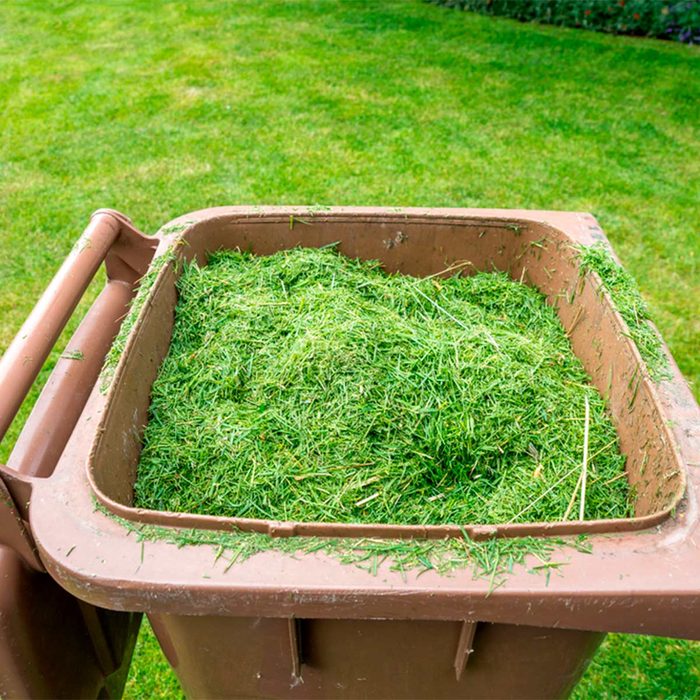
Don’t Remove Grass Clippings
Leaving grass clippings on the lawn after you mow can cause thatch problems, right? Nope! That’s a myth. Turns out, grass clippings can actually help with the overall health of your lawn. And that means less work for you when you mow.
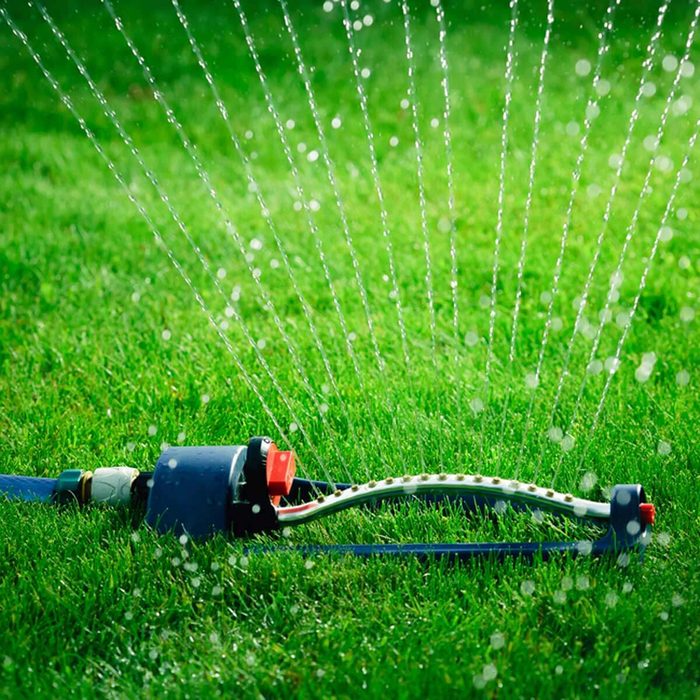
Don’t Water Every Day
Did you know your lawn can actually become dependent and needy if it has too much water? Instead of watering every day for 15 minutes, choose one day a week to water the lawn for an entire hour. Deep watering makes your lawn healthier and more drought-tolerant.
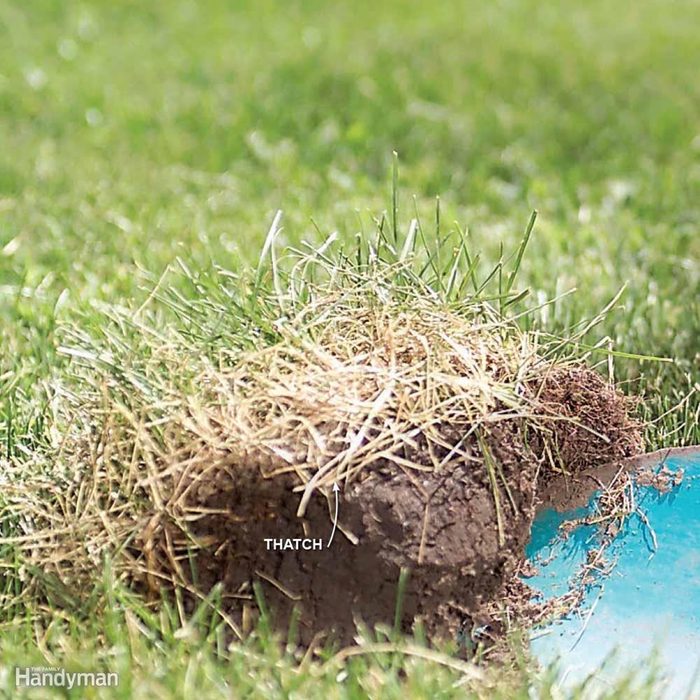
Don’t Forget to De-Thatch
Thatch is a layer of slowly decomposing grass stems, roots, clippings and debris that accumulate at the soil surface over time. It can build up in your lawn and virtually choke it to death. If you’re wondering why your lawn isn’t healthy and lush, thatch buildup could be the answer.
Excessive thatch buildup is commonly found in lawns that have been over-fertilized or over-watered and have never been aerated. Thatch buildup of 3/4-in. or more will restrict water and nutrient penetration into the soil (think thatched roof) and can harbor disease-causing organisms that can increase the need for pesticides. Slice open a section of turf. If the thatch is more than 3/4-in. thick, take action.

Don’t Fertilize Shady Areas More
People tend to over-apply fertilizer to shady areas because the grass is struggling. But that just kills it faster!
Many people really have two lawns — the one that gets full sun for most of the day, and a shaded lawn that may get only two to four hours of direct sun. Their water and fertilizer needs differ. The shady-area grass needs less water because less evaporates, and less fertilizer because with less sun it doesn’t grow as much. When you go into shade, shift the controls on the spreader so you’re spreading about half the amount. Also, be sure to check that none of these invasive plants are in your backyard.
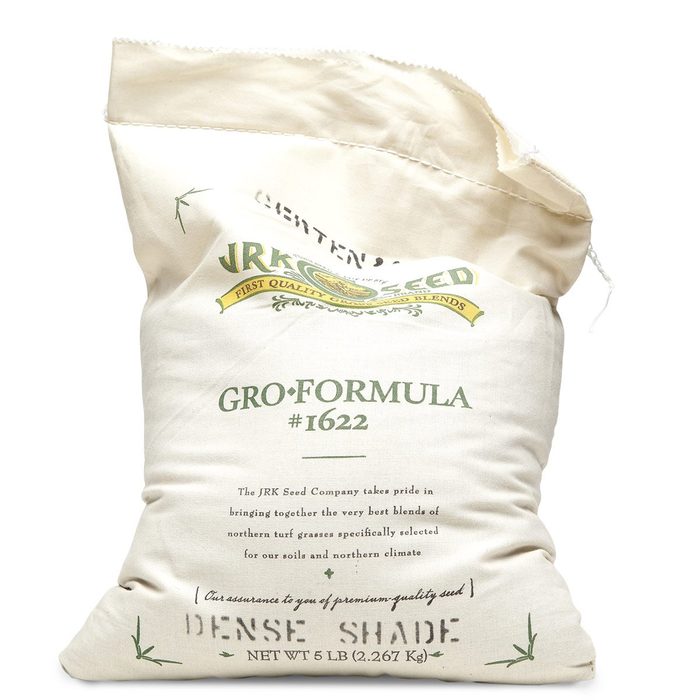
Don’t Give Up on Shady Areas
Growing grass under shade trees isn’t easy, but one key to success is choosing the right shade grass species and planting method for your region. In cool-season areas, you’ll get better results with seed than sod. Sod is grown in wide-open fields under conditions that favor sun-loving grasses.
Choose red and tall fescues for shady areas in Northern zones. Garden centers will have grass seed mixes formulated for shade. Late summer and mid-spring are the best times to establish cool-season grasses in shady areas. Check out these landscaping design trends you’ll probably see this year.

Don’t Forget to Check Soil Moisture
After an extended warm, dry period (dry soil is the key), set up your sprinkler and set a timer for 30 minutes. Then turn off the water and check the soil for moisture depth. Do this by pushing a shovel into the lawn and tipping it forward to expose the soil. See how deep the water has penetrated. Moist soil will be darker. Your goal is to run the sprinkler until the water penetrates three to four inches into the soil.
If the water has not penetrated far enough, restart the watering and continue to keep track of the time. Check again in another 15 minutes. With trial and error, you’ll eventually arrive at the optimal length of time to water for your soil type and water pressure.
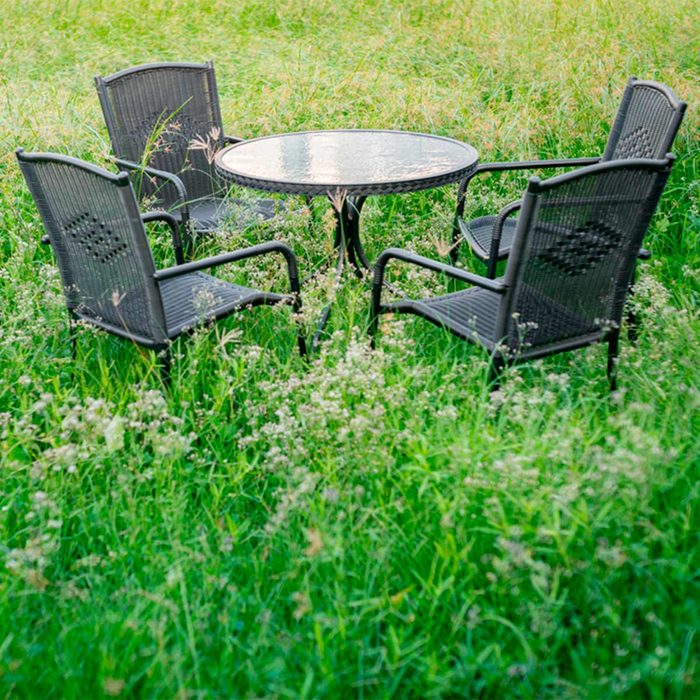
Don’t Wait Too Long Between Mowing
If you came back from a vacation and your yard is a wilderness, don’t try and mow it all in one day. Cut off some of the length, then wait a couple of days and mow again. This will cause less stress on the grass. You may need three passes depending on how long the grass grew.
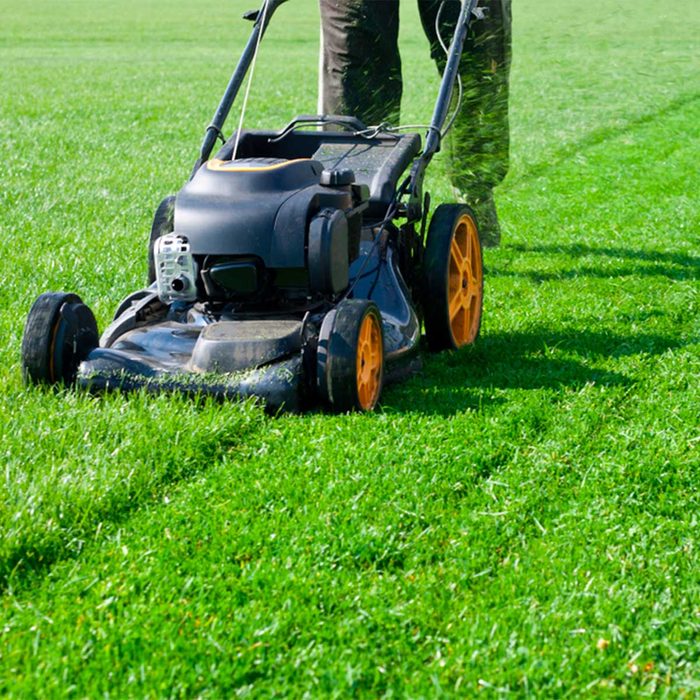
Don’t Cut Grass Too Short
Every grass type has an optimal cutting height, and you’re better off on the high side of that height. There are a few reasons. Each grass blade is a food factory of the plant. Short blades can’t generate as much food as long blades. Long blades also shade and cool the soil. That means weed seeds are less likely to sprout, and you won’t have to water as often because water won’t evaporate as fast. Not sure what type of grass you have? Take a sample to a garden center for identification.
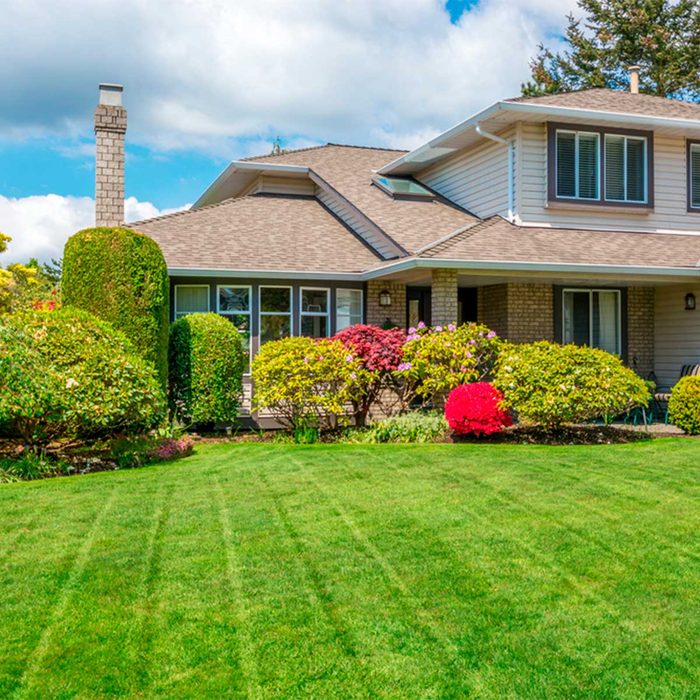
Don’t Mow in the Same Direction Every Time
It’s easy to fall into a routine as you mow your lawn week in, week out over the course of a summer. But try not to make your lawn mowing routine too repetitive. Instead, mow in a different direction every time: front to back, back to front, diagonal, etc. Repeatedly mowing the exact same way will cause the grass blades to grow at an angle, and you may develop permanent tracks from the mower wheels. Here are some easy ways to take your garden from good to great.
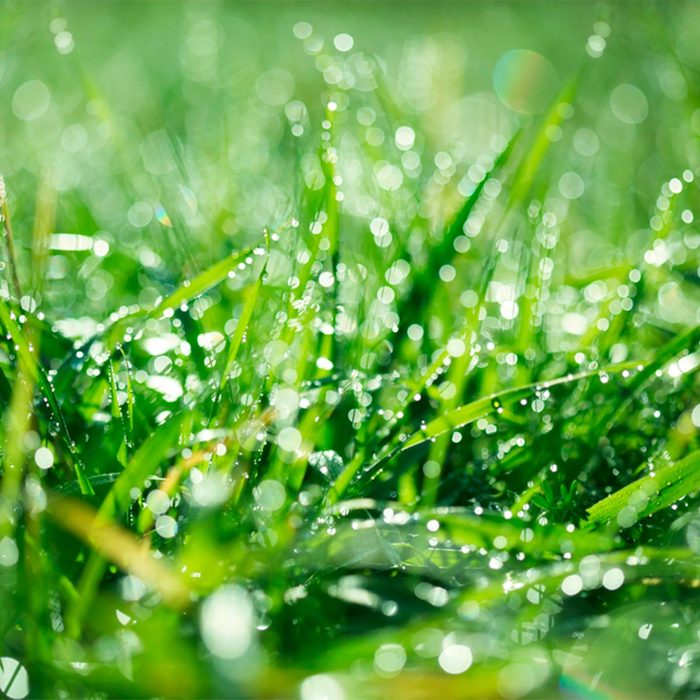
Don’t Cut Wet Grass
Mowing wet grass can cause the mower wheels to leave ruts in your yard, and you could leave behind giant clumps of clippings that could smother the grass beneath. And the wet grass will carpet the underside of your mower deck with a thick mat that’s a pain to clean. Here’s how to get rid of the worst garden pests.

Don’t Use Broadleaf Herbicides in Extreme Temperatures
You need to kill weeds when they’re growing. That’s because herbicides are absorbed through the leaves and then sent throughout the rest of the plant. When the weather is too cool, the weed isn’t growing and the herbicide won’t be absorbed, so the chemical isn’t as effective. Too hot, and the herbicide will stress the grass. The product directions will give you the best temperature range. Apply herbicides when rain isn’t forecasted; a soaking will just rinse off the herbicide before it can do any good.
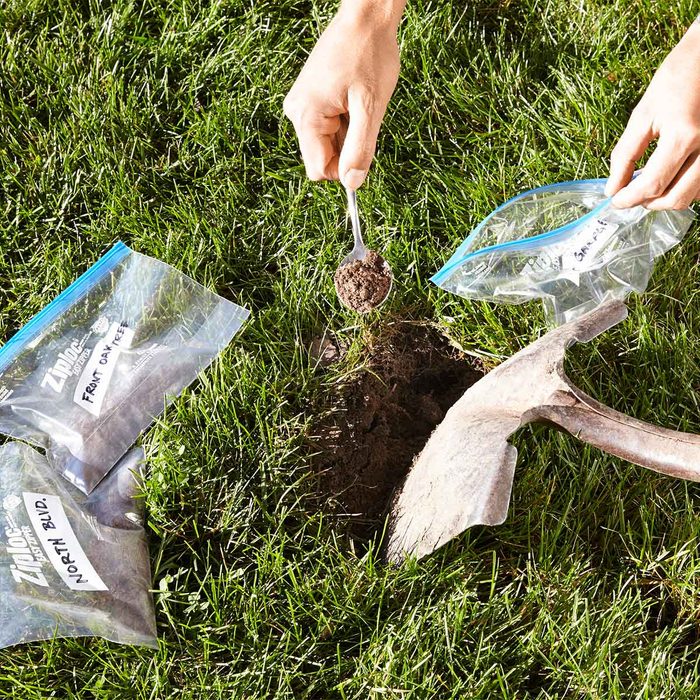
Don’t Overfeed
If you apply too much grass fertilizer, especially in sandy soils, a good portion of it will leach through the soil and make its way into our precious groundwater, lakes, streams and wetlands. Lawn grasses only need a certain amount of food. More isn’t always better.
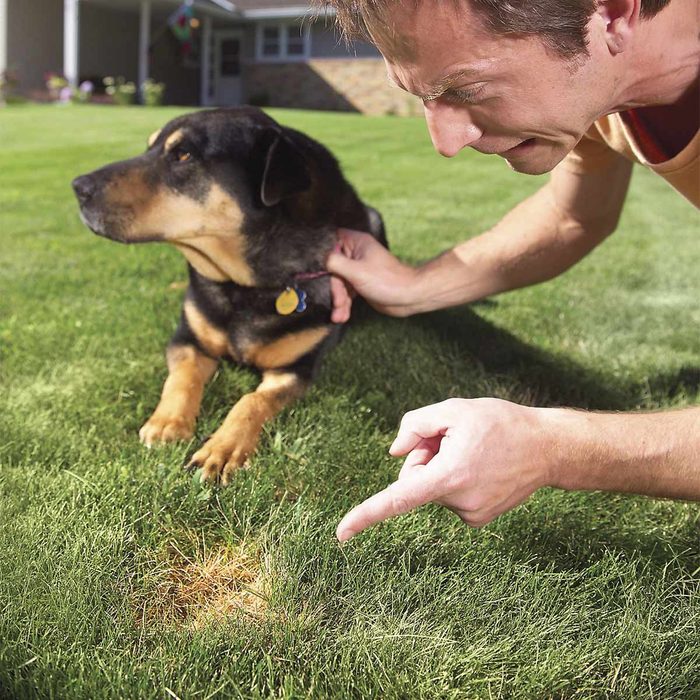
Don’t Ignore Pet Areas
Dog spots are round patches about four to eight inches in diameter with dead grass in the middle, encircled by dark green grass. Often caused by a winter’s worth of animal urine, they’re most apparent in the early spring when dormant grass first begins to turn green again. You have to replant your grass; it won’t come back on its own. But first you have to dilute or remove the caustic urine from the soil. Thoroughly soak the area with lots of water. Learn the next steps to repairing pet spots here.

Don’t Discount Compost
Top-dress your lawn with high-quality compost. Compost can bring depleted or damaged soil back to life, resulting in stronger root systems and happier plants. One teaspoon of compost contains a billion beneficial microorganisms that help create better soil structure and texture, which improves nutrient, water and air retention.
To apply compost, spread it over your lawn with a shovel, aiming for a layer 1/4- to 1/2-in. thick. Then work it into the turf with a rake. It’s best to do this after aerating. Most garden centers sell bagged compost. But to cover an entire yard, you’re better off buying in bulk. Don’t worry about buying too much—any leftovers will benefit your garden and shrub beds. By the way, here’s how to start composting at home.
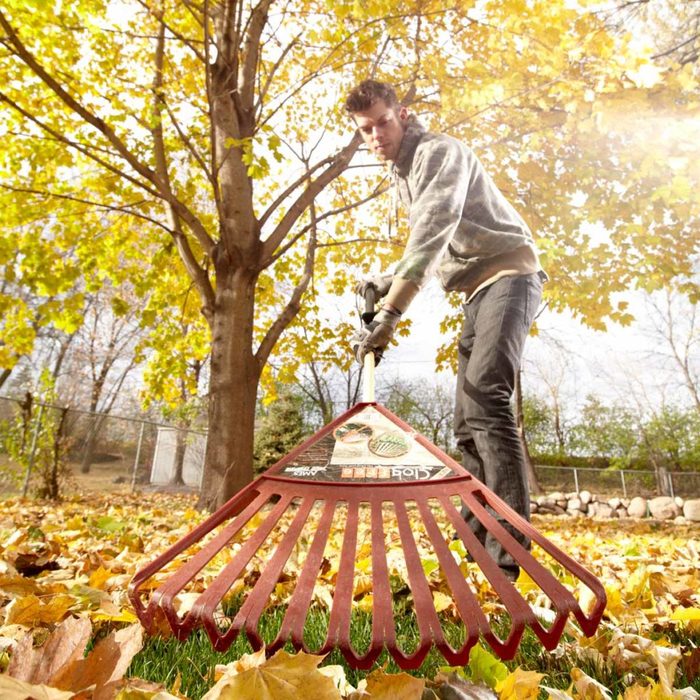
Don’t Remove ALL Fallen Leaves
Did you know that decomposing leaves are actually great for your lawn? Leaves have organic matter in them that works as a natural fertilizer, helping your grass to grow the following year.
According to Sam Bauer, a turfgrass researcher from the University of Minnesota, fallen leaves can even suppress the growth of weeds. He recommends mulching the leaves by using a mower (specifically with a specialized mulching blade, if you have one) to cut them up. However, if you have huge piles of leaves on your lawn, it may be hard to mulch all at once, and this can smother your grass. Remove those piles until you have a good dusting of leaves around your lawn before mulching with your mower.